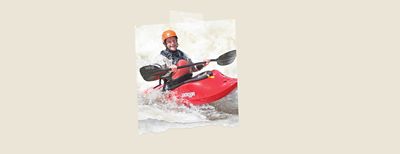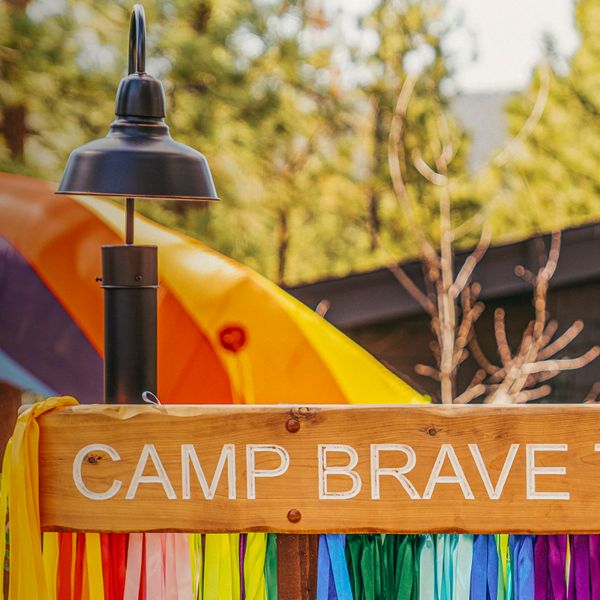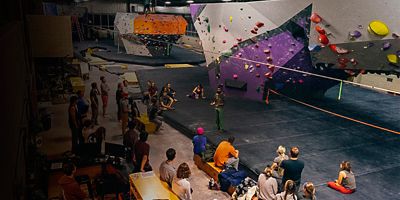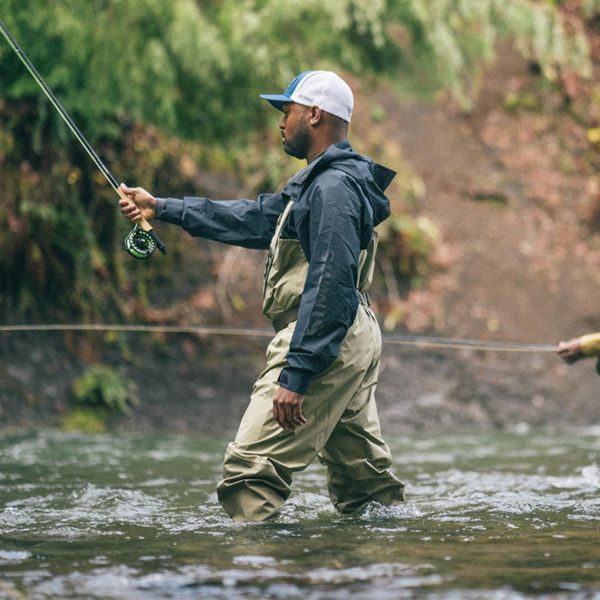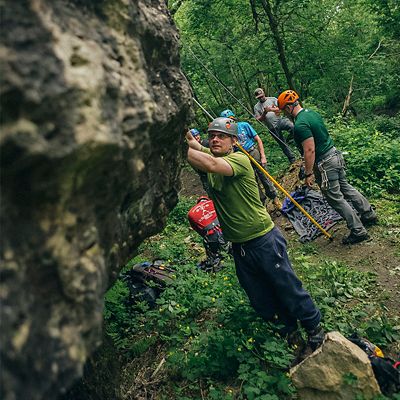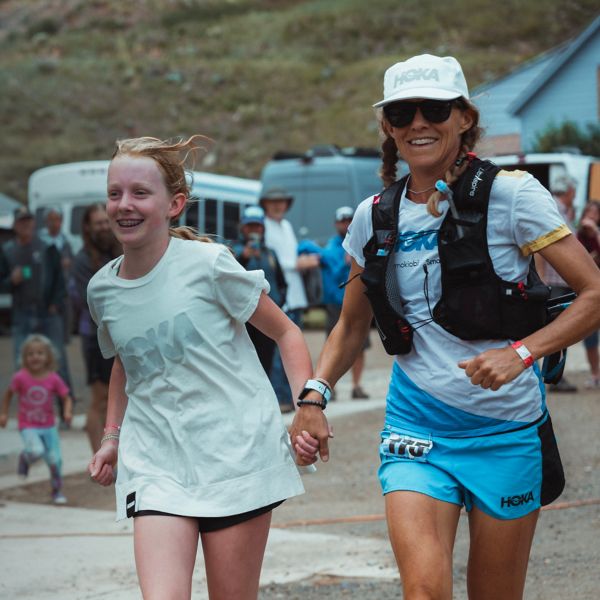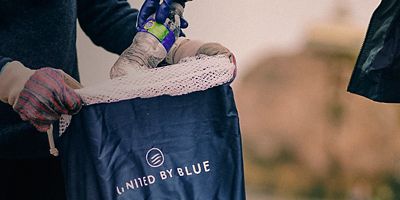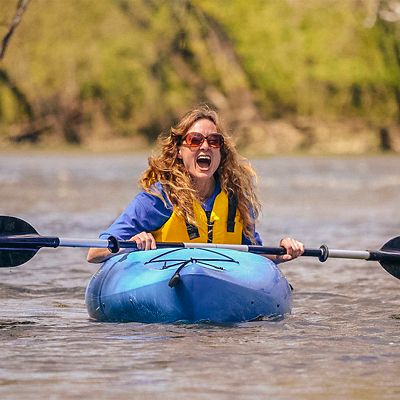Ríos to Rivers is an interesting transnational group of paddlers working to empower the next generation of river stewards. With roots in South America and in the U.S., the seemingly disparate collection of educators, creatives, scientists, coaches, philanthropists, energy experts, environmentalists and humanitarians share a common passion: running and protecting healthy rivers. The group’s chief storyteller is Paul Robert Wolf Wilson, a Klamath and Modoc tribal member from the Klamath River headwaters in his ancestral homelands of Southern Oregon and Northern California. And this corner of the country, marked by what the Forest Service recognizes as “globally outstanding biological distinctiveness,” is where Wilson’s work for the nonprofit is centered: connecting local peoples with the lands and waters they rely upon and the cultures that tie them together.
As Wilson sees it, the key opportunity for Indigenous youth to strengthen and grow relationships with their rivers is through paddling. It’s a journey toward river-running advocacy that he knows well. As an alumnus of Ríos to Rivers’ programs, he co-founded the Chiloquin Kayak Club with his sister Ashia to provide paddling access to their Oregon-based tribal community. He’s also worked to change policy around dams and endangered rivers worldwide, serving as an advisory member for Water Climate Trust and facilitating expedition-style exchanges that help youths develop relationships with rivers impacted by hydroelectric projects. Recently, Wilson co-produced the film Paddle Tribal Waters, which highlights a young group of Native paddlers’ plans to lead the first descent of the restored Klamath River from source-to-sea in 2024, following the completion of the largest dam removal project in U.S. history—a monumental victory for Indigenous communities who have been fighting to remove four of the Klamath’s dams for over a century.
Public Lands caught up with Wilson to discuss his drive to get more Native youth out on the water—and to turn them into river protectors.
PUBLIC LANDS: Tell us about Rios to Rivers…what’s its mission?
PAUL ROBERT WOLF WILSON: It’s a nonprofit organization with the goal of inspiring and empowering the next generation of river stewards. We use source-to-sea expeditions to hold conversations with youth from rivers impacted or endangered by hydroelectric dams about the relationships their communities hold with the watershed.
Why empower the next generation of river stewards?
Rivers and water are life. Youth are the ones inheriting the responsibilities to govern and steward our rivers and our futures. Empowering our youth is an investment in our shared future.

